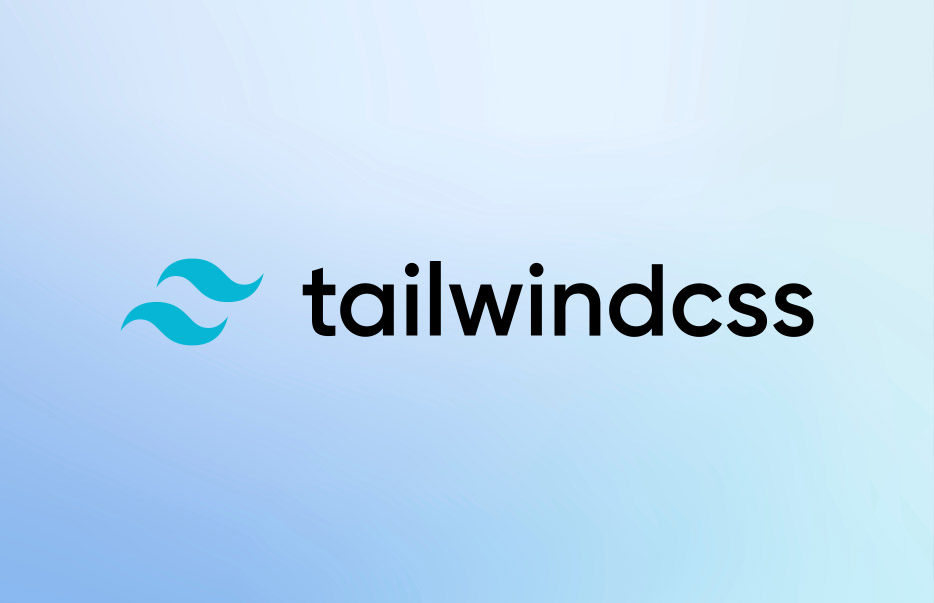
The current evolution of CSS has been nothing short of riveting for front-end designers and developers. From math functions, :has() and container queries to CSS custom properties (variables), the power to create sophisticated layouts is quite dazzling.
In the ever-evolving landscape of web development, efficiency and flexibility are key. Tailwind CSS has emerged as a game-changer, offering a unique approach to styling web applications that resonates with developers worldwide. This utility-first CSS framework has gained popularity for its simplicity, speed, and unparalleled customisation options. In fact, Tailwind ranked as the second most-used framework in the 2023 States of CSS report. With its plethora of features, KRS has embraced the power of Tailwind.
What Is Tailwind CSS?
Tailwind CSS is a utility-first CSS framework that enables users to create applications quickly and easily. Unlike traditional CSS frameworks like Bootstrap and Materialize, which provide fully styled components, Tailwind takes a different approach. It offers low-level utility classes that allow you to build unique designs without writing custom CSS. This utility-first approach allows for greater flexibility and customisation, empowering developers to rapidly create unique and visually appealing interfaces.
Here’s how it works: Instead of defining styles in a separate CSS file, you apply pre-existing utility classes directly in your HTML. These classes control various aspects of your design, such as layout, color, spacing, typography, shadows, and more. The result? You can create a completely custom component design without leaving your HTML or writing a single line of custom CSS. This not only reduces the amount of code but also provides a clear and intuitive way to understand and modify styles.
For example, instead of creating a button class in a separate CSS file like this:
.button {
background-color: #3490dc;
color: #ffffff;
padding: 10px 20px;
border-radius: 5px;
}
In Tailwind CSS, you can apply these styles directly in your HTML:
<button class="bg-blue-500 text-white px-4 py-2 rounded-md">Click me</button>
The learning curve primarily involves familiarising yourself with these utility classes. Beyond this point, you’ll create custom components with ease.
Benefits of Tailwind CSS
Rapid Prototyping and Iteration: Tailwind allows developers to experiment and make design changes quickly. The utility-first approach streamlines the process of tweaking styles directly in the markup, providing instant visual feedback. This agility is particularly beneficial during the early stages of development when the focus is on refining the user interface.
Less Custom CSS: With Tailwind, you style elements by applying pre-existing classes directly in your HTML. This means you can build custom designs without writing additional CSS.
Small CSS Files: Without a framework like Tailwind, CSS files grow as you add new features and components. Tailwind’s reusable utility classes keep your CSS files small.
No Need to Invent Class Names: Tailwind provides a pre-defined set of classes, so you don’t have to agonise over picking the “perfect” class names. Enjoy a design system that makes it easier to maintain consistency.
Responsive Themes: Tailwind allows you to create responsive themes for your web applications. Create responsive websites that generally avoid the pain points of cross-browser variants.
Design Flexibility: Tailwind’s theming capabilities allow you to completely customise your UI components suited to your project’s specific needs. With a simple configuration file, developers can define colors, fonts, spacing, and more. This makes it easy to maintain a consistent design system across the entire application.
Compatibility with UI Frameworks: Tailwind is well-suited to component-based UI frameworks like Svelte, React, and Vue. You can use Tailwind’s utility classes directly within Svelte components, resulting in a more flexible and modular styling system.
…Let’s Not Forget Vanilla CSS
It’s prudent not to get too ahead of ourselves, no matter how much Tailwind streamlines styling. Learning the fundamentals of CSS is not just about memorising syntax but gaining a deep understanding of how styling works on the web. It covers the basics of selectors, properties, values, and the cascade, which are the building blocks of any styling language. The better your CSS, the more value you’ll get out of Tailwind, which is why KRS is passionate about excellence in front-end design.
Conclusion
In conclusion, Tailwind’s utility-first approach, customisation options, and rapid prototyping capabilities make it an invaluable asset for creating modern and visually appealing user interfaces. It’s a cinch to create unique user interfaces without the overheads of writing extensive custom CSS.
As a software company, the onus is on us to embrace innovation and boost productivity. By embracing Tailwind, KRS has harnessed more streamlined and efficient development experiences, adding value for our clients and processes.
Keen to know more about what we do? Let’s chat about your next project.


